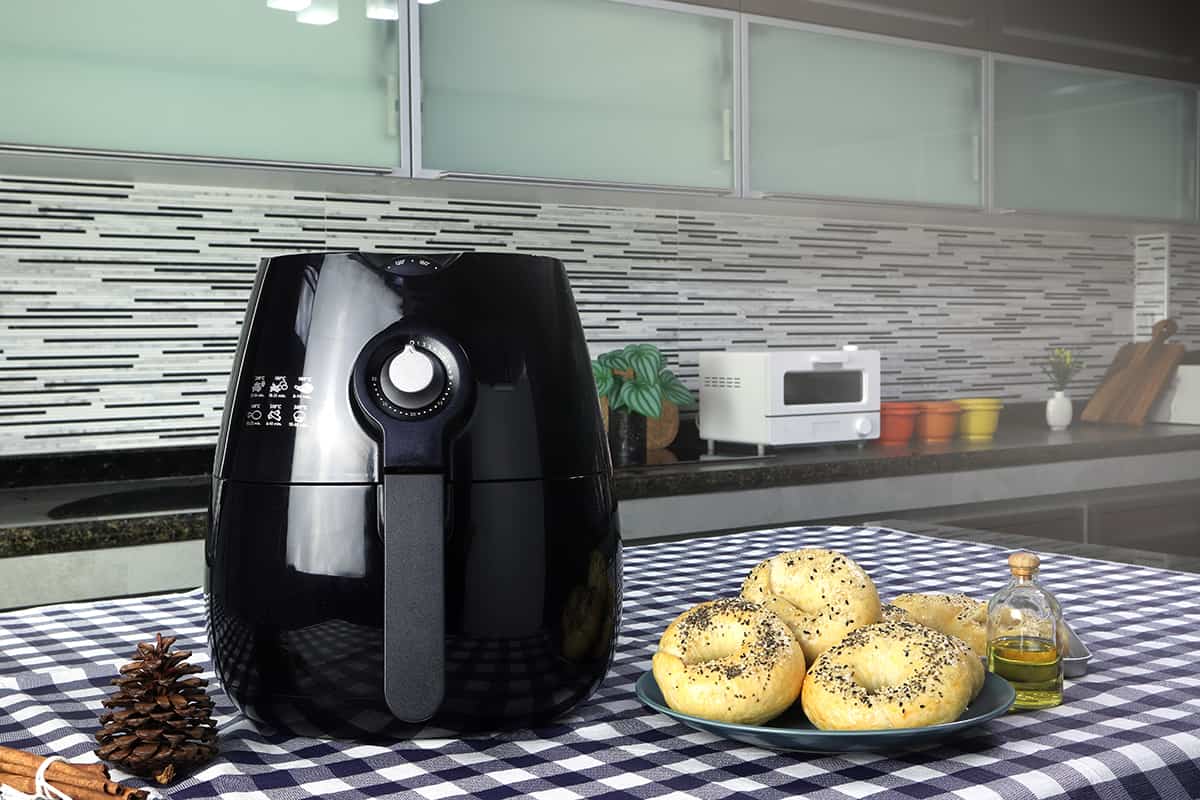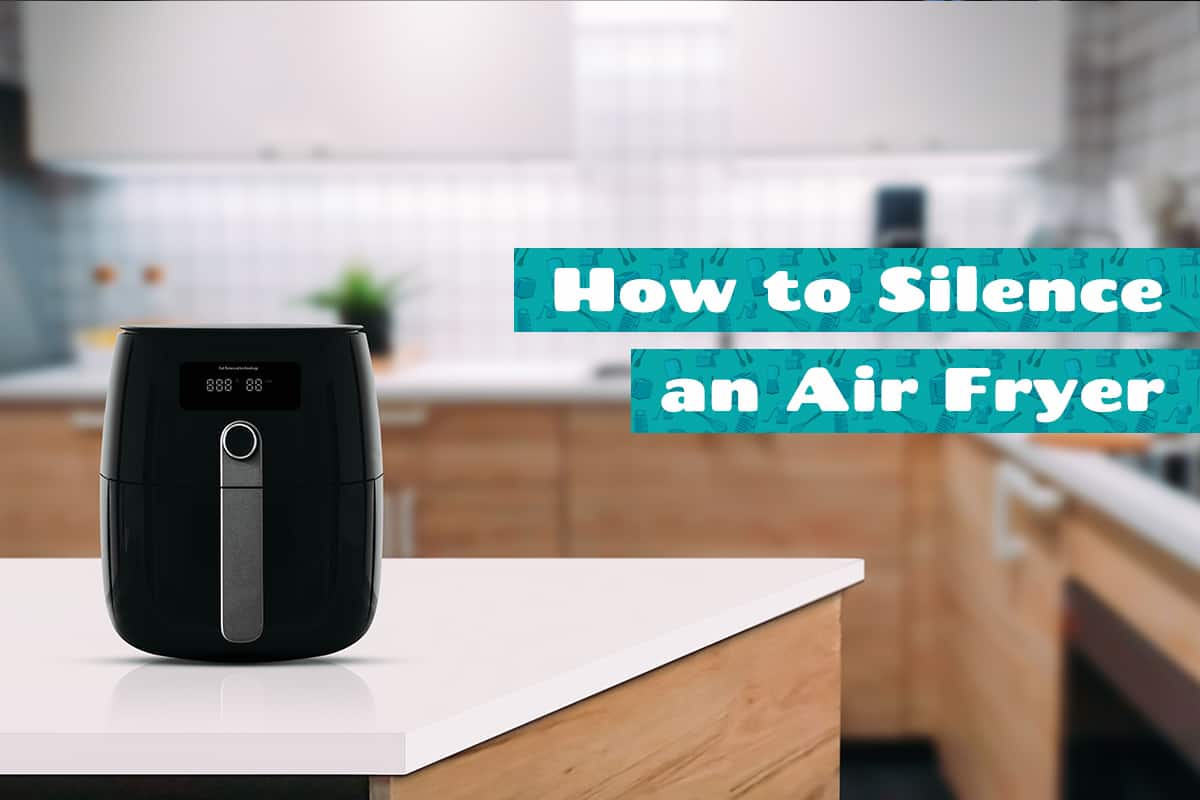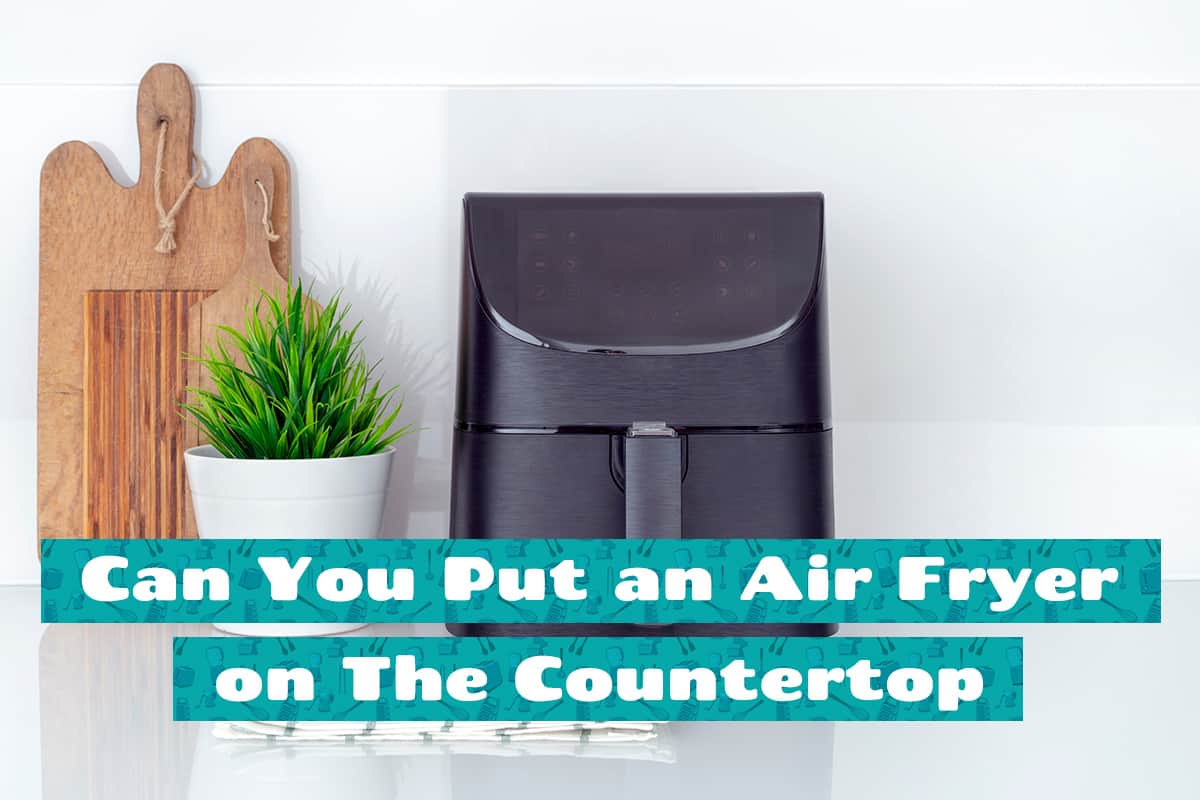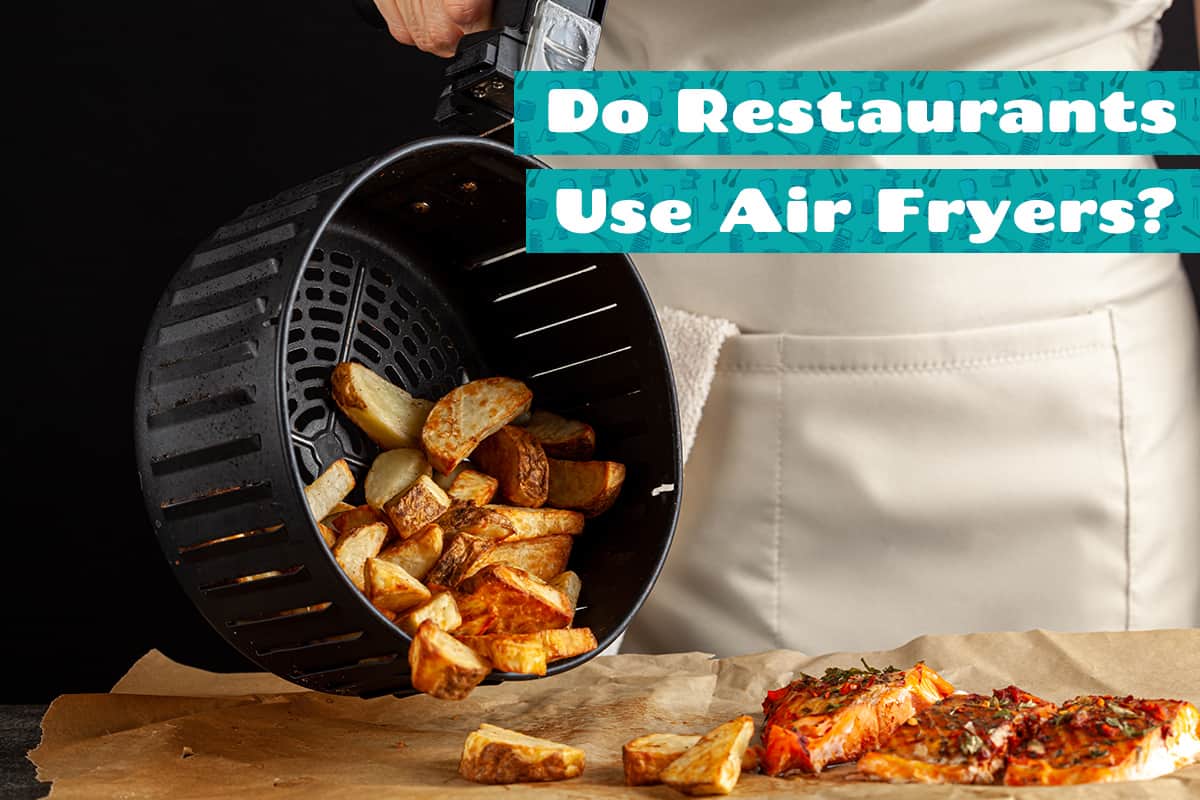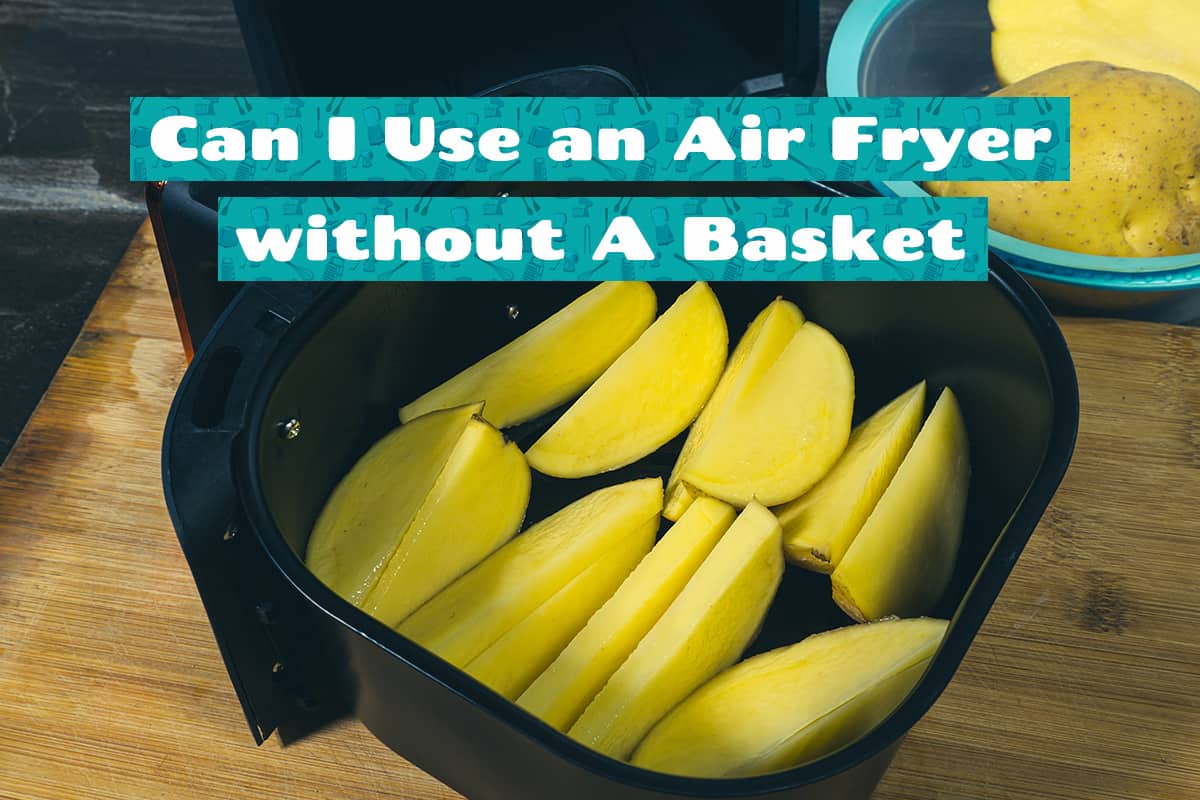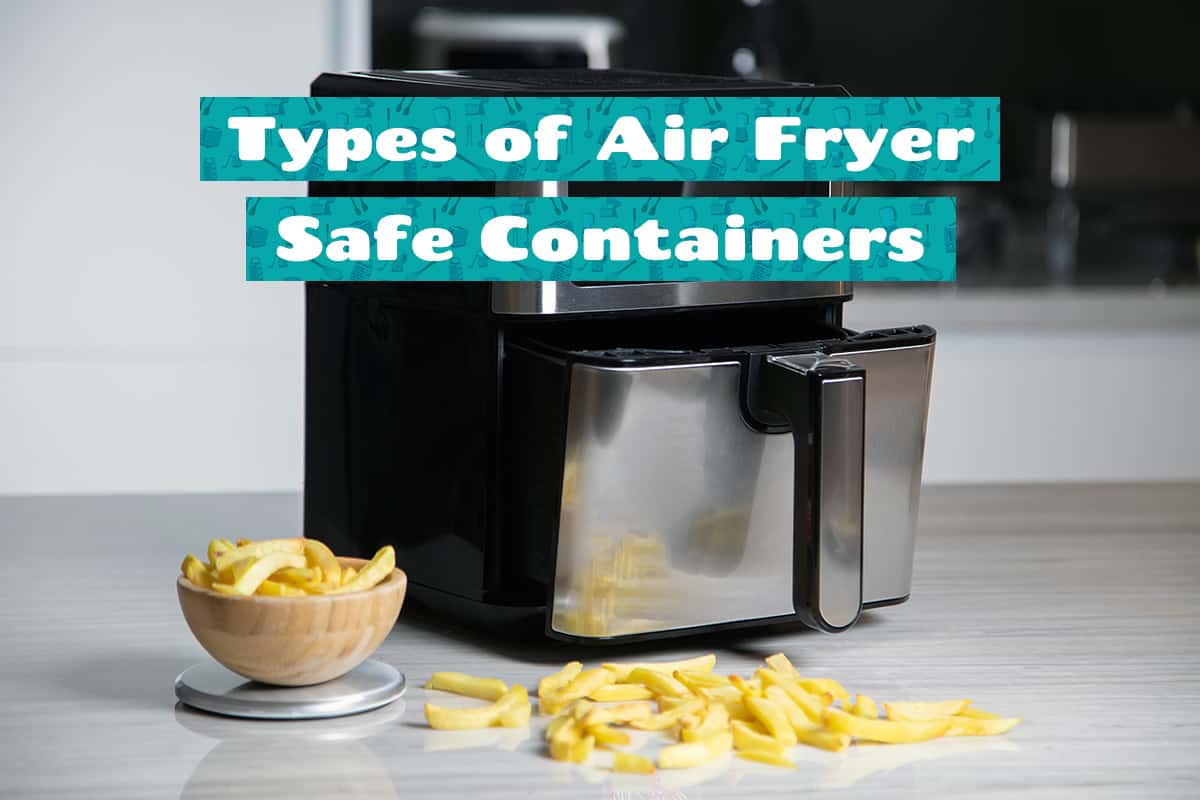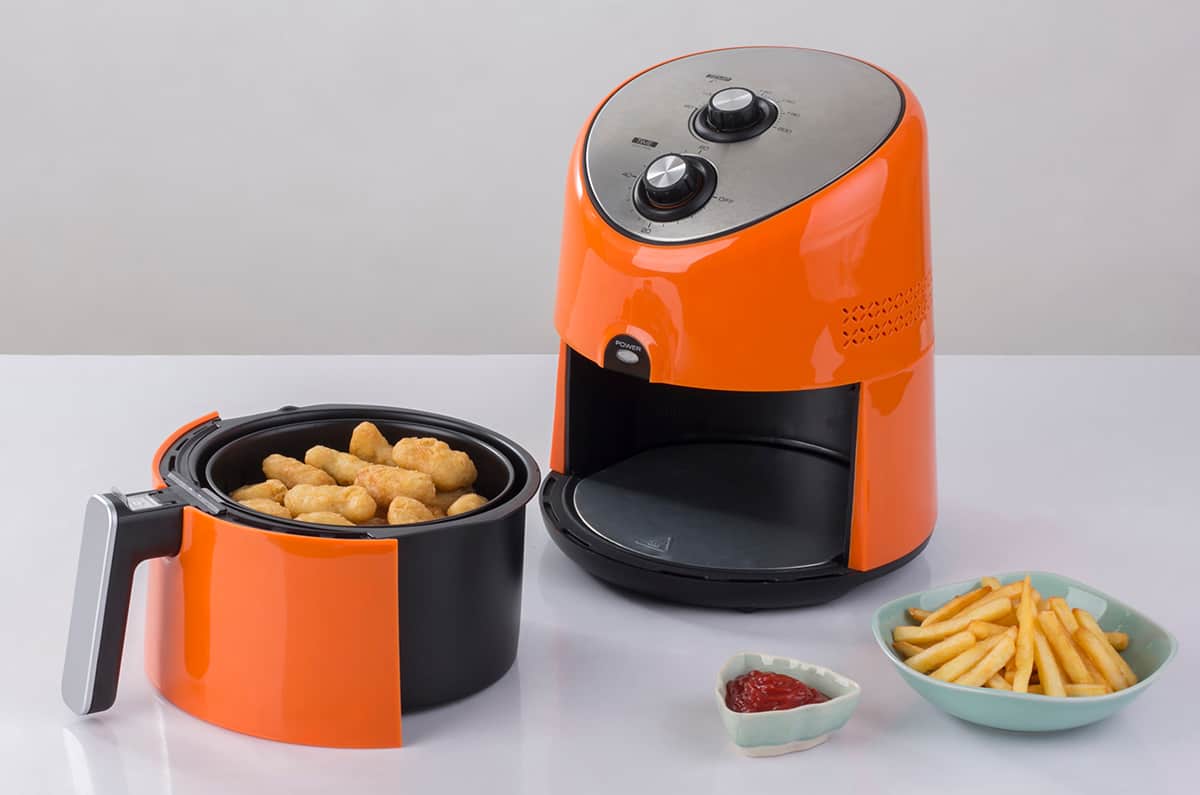Air fryers are the best thing since sliced bread—at least, that’s what customers want us to believe. In reality, this probably isn’t too far from the truth. Air fryers are indeed wonderful contraptions that can crisp up food in a matter of minutes and without the addition of gallons of oil!
So, if you’re like me and were thinking about random facts and stats about air fryers, you’ve come to the right place. Just scroll down and find everything you’d ever hoped to learn about these magnificent, portable cooking devices.
History of the Air Fryer
Air fryers are compact kitchen appliances that cook food by circulating hot air and a small amount of oil. A Dutchman named Fred van der Weij came up with the idea and later sold the patent rights to electronics giant Philips in 2010. This cooking device was developed to facilitate the preparation of healthy, low-fat meals that are indistinguishable in flavor from their deep-fried counterparts.
The air fryer first became popular in the Netherlands and other European countries, and then spread to the United States and elsewhere around the world. Air fryers became increasingly popular as more people learned about the dangers of regular deep-frying.
For those who want to make healthier versions of traditionally fried foods, the air fryer has risen in popularity in the years since its inception. Since air fryers require much less oil than conventional fryers, they have also become popular among those attempting to reduce their fat intake and trim their waistlines.
Air fryers are becoming increasingly popular as people look for ways to improve the health of their family while also reducing the time and effort spent in the kitchen. Today, you can pick up an air fryer for as little as under $100 or as much as several hundred dollars!
Air Fryers Facts and Statistics
- In 2010, a Dutch man named Fred van der Weij invented the first modern air fryer. He sold the patent to Philips, and the company has pretty much made it a must-have appliance.
- Air fryers are countertop appliances that mimic the results of a deep fryer by rapidly circulating hot air around the food. In reality, air fryers have more in common with convection ovens than deep fryers since they have a heating element and internal fan that circulates air inside the food basket.
- Foods cooked in an air fryer can have up to 80% lower calories than those cooked in a conventional deep fryer. This is because of the convection principle—you don’t need to add too much fat if the heat is constantly recirculated and cooking your food from all angles.
- French fries, chicken wings, vegetables, and even frozen foods are all suitable for cooking in an air fryer. Just make sure you set your air fryer to the correct temperature and time. It’s as possible to undercook and overcook food in an air fryer as it is in a deep fryer or convection oven.
- Some air fryers even have rotisserie functions built in, and others can also bake, roast, and grill. Basically, an air fryer can do most of the things that a wide variety of kitchen appliances can do. That’s why an air fryer can be a direct substitute for several kitchen appliances, including countertop ovens, toasters, and deep fryers. In fact, you can use it as a stove in a pinch if you want to brown foods evenly.
- Air fryers are popular in many countries around the world, including the United States, Canada, and Germany.
- You can find air fryers in a wide range of sizes, from compact units ideal for single servings to huge ones that can cook for an entire family.
- Small air fryers typically range between 2 and 3 quarts and are great for making single-portion servings. Medium air fryers are between 3 and 5 quarts and are great for whipping up a meal for 2 to 4 people. Large air fryers measure 5 quarts and more and can prepare food for 5 people and more.
- With a non-stick interior and a modular design, air fryers don’t take too much time to scrub down after use. Just make sure you use the soft side of a sponge to wipe down the Teflon-coated food basket to preserve its nonstick properties.
- People use air fryers for a wide variety of purposes, from making healthier versions of their favorite fried foods to making less conventional meals like grilled cheese sandwiches and quesadillas. Remember: you’re only as healthy as the food you eat. While it’s not necessary, you can add several glugs of oil or pads of butter to make “healthy air-fried” foods unhealthy.
- The sales of air fryers are expected to increase at a CAGR of 6.1% to $1.425 billion by 2026, as their popularity continues to rise. Currently, the air fryer market is valued at just north of $721 million!
- Air fryer cookbook sales reached 971 million units in 2021! That just goes to show just how beloved this portable kitchen appliance is!
- The biggest air fryer market is the United States, which is projected to purchase 37% of the entire global supply of air fryers between 2022 and 2026.
- An air fryer can cost anywhere from $60 to over $200. Usually, the size and brand of the air fryer will determine how much it costs. When it comes to air fryer quality, cost definitely plays a role!
- Air fryers are a no-brainer to use. If you can operate an oven, you’ll have an easy time transitioning to an air fryer. Simply set the temperature and timer, place your food in the preheated food basket, and wait for it to finish! Still, you should check on the doneness of your food periodically to ensure it doesn’t go over your desired crispiness level.
- Air fryers typically take up between 12 × 12 and 15.35 × 13.7 inches of countertop space. To ensure your air fryer works optimally and doesn’t burn anything around it, you should give it at least 5 inches of clearance in all directions.
- An empty air fryer will usually weigh around 14 to 16 pounds, depending on the model. Extra-large air fryers can weigh over 20 pounds!
- Did you know you can make pizza in an air fryer? All you need is a pizza pan accessory for your air fryer, and you’re all set!
- Gordon Ramsay, a celebrity chef known for his forthright views on food, has publicly endorsed the air fryer (and more specifically the Philips model), which is a significant vote of confidence. The Masterchef host evidently enjoys the appliance’s speed and the TurboStar technology, which gives food a fantastic flavor and texture while saving a lot of time.
- In fact, Gordon has a number of videos on YouTube that show you how to use an air fryer to make delicious meals like steak, turkey sliders, and BBQ glazed bacon and eggs.
- Air fryers can’t cook every kind of food you have in mind. For instance, it won’t produce the same crispiness on raw battered food as a deep fryer (frozen battered food is fine, though), nor will it cook a stew or soup thoroughly (reheating it is fine in an air fryer!).
- You don’t always have to rely on the cooking temperature and time guides to figure out how long to air-fry your food. Many models come with several presets for chicken, fries, steaks, bread, and so on. Simply tap the preset button and let your air fryer handle the rest.
- It’s not necessary to defrost food before cooking it in an air fryer. However, it may be necessary to preheat your air fryer in order to cook frozen food to the desired doneness and crispiness levels.
- Despite their uber-versatility, air fryers cannot boil water. In fact, placing large amounts of cooking liquid inside an air fryer is a bad idea unless you’re reheating it.
- Like an oven, your air fryer’s built-in thermometer isn’t always accurate. That’s why you should get a meat probe to ensure that your food reaches the optimal internal temperature before pulling it out of the food basket.
- If you don’t want to dirty the food basket, simply line it with a sheet of aluminum foil. Yes, it’s safe to use aluminum foil in an air fryer since it works like an oven, not a microwave.
- While air fryers are a great replacement for ovens, they cannot season cast-iron skillets. Seasoning cast iron requires heating your oven to between 450 and 500°F, whereas most air fryer cooking temperatures are limited to 400°F.
Air Fryers vs. Ovens

While air fryers were initially introduced as being a healthier alternative to deep fryers, it actually has more in common with ovens than any other kitchen appliance.
In a sense, air fryers are compact convection ovens. A high-speed fan inside the air fryer circulates the heated air to cook your food from all directions. This is the same cooking principle as convection ovens (not conventional ovens).
So, how do they differ from one another?
Cooking speed
Air fryers are considerably faster at cooking foods than convection ovens. This is because the heating element inside an air fryer has a smaller space to heat up (usually between 2 and 5 quarts), whereas ovens have to heat a larger amount of space (around 10 square feet or just under 300 quarts).
Size
I already spoke about how size affects cooking speed, but it’s also important to note that the size of the cooking appliance also indicates how much food you can cook at a time. Because ovens are larger, they can naturally cook more food than air fryers. However, large-sized air fryers can prepare a main dish for between 5 and 8 people!
Versatility
Admittedly, ovens can do everything an air fryer can do and almost vice versa. Ovens can prepare large roasts, whereas you would need to cook roasts in batches with an air fryer.
Energy efficiency
A convection oven usually operates between 1900 and 2068 watts. Meanwhile, air fryers can run on as little as 800 watts, with the largest models running on 1800 watts.
It goes without saying that air fryers are more energy-efficient than convection ovens but only if you’re cooking smaller portions. You would need to run your air fryer for longer, thereby consuming more electricity, if you wanted to prepare an entire feast in the device.
Common Air Fryer Mistakes
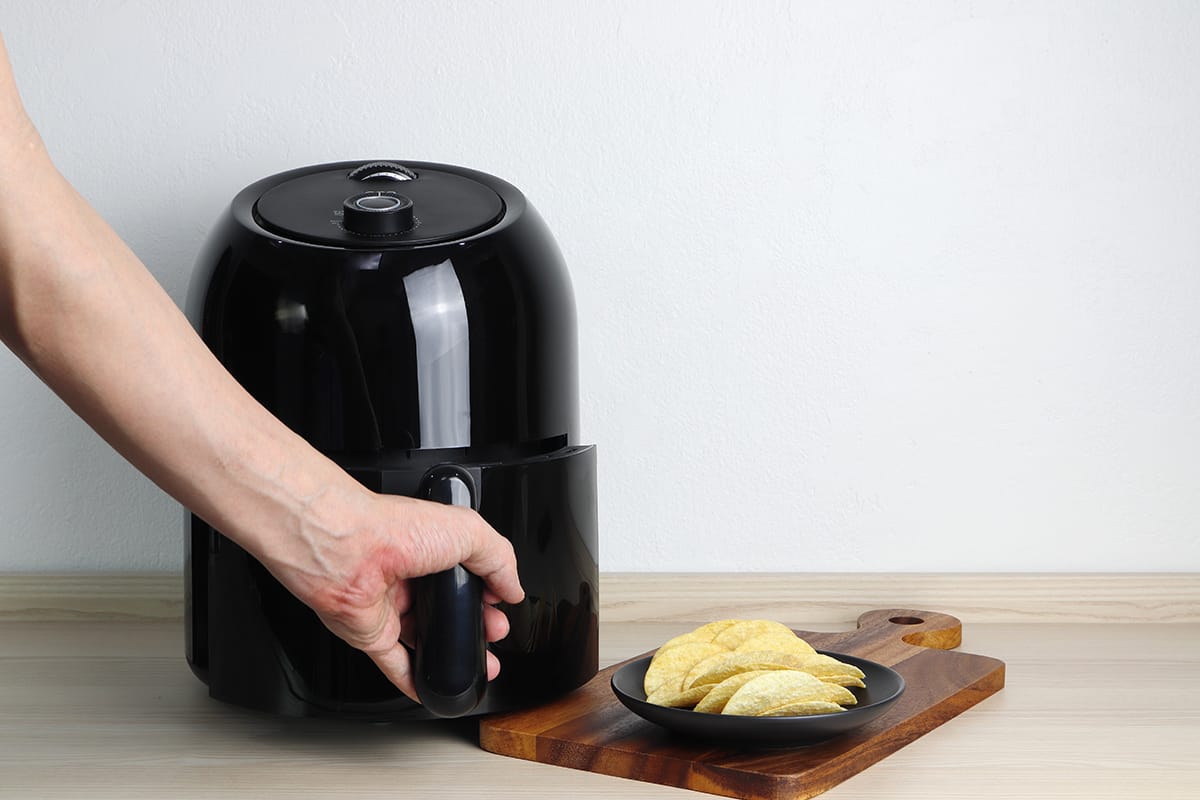
- The best air fryers may be compact and powerful, but they still require some countertop real estate. Mini convection ovens are so effective because they circulate hot air to evenly brown food. Air fryers, on the other hand, will require additional external space to allow air to enter and heat up and vent air. As such, you should allow for at least 5 inches of clearance on all sides to ensure optimal browning and crisping.
- Have you ever found vegetable leaves underneath the food basket? This is because your food is too light and the fan blew the food around, or you may have pushed the food basket in too quickly. To avoid spills and burning, make sure you weigh the food down slightly (maybe add a few chicken breast slices?) to keep your leafy greens from floating around.
- Preheating your air fryer is good practice to ensure even browning and crisping, but believe it or not, it’s not necessary. That said, if you want to bypass the preheating phase, your food should spend a few minutes longer inside the food basket. This will compensate for the lack of heat during the initial 2 to 3 minutes of cooking.
- Is your food not browning as much as you wanted? That may be because you didn’t pat it dry. Air fryers will simply cause the moisture content in food to boil before evaporating it, leaving your food slightly soggy and too moist to brown evenly.
- While you don’t need to use large amounts of oil or fat in an air fryer, it certainly helps with browning. Avoid uneven browning or soggy food in an air fryer by applying a bit of oil or butter to your food. In an air fryer, a little bit of fat goes a long way.
